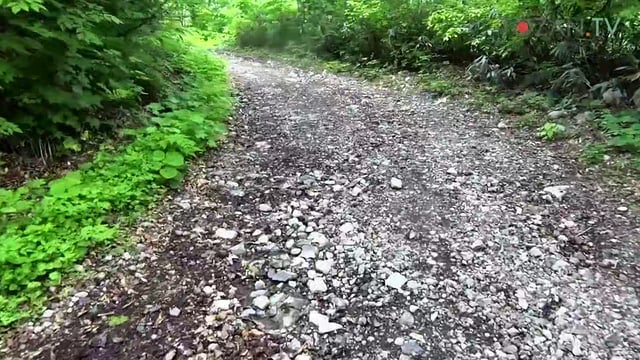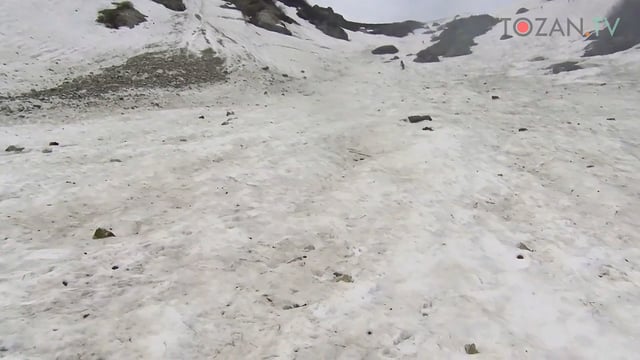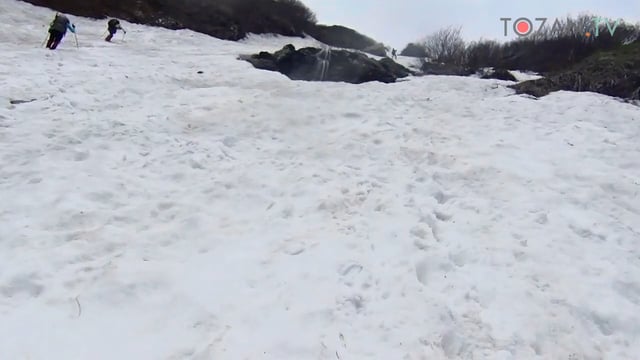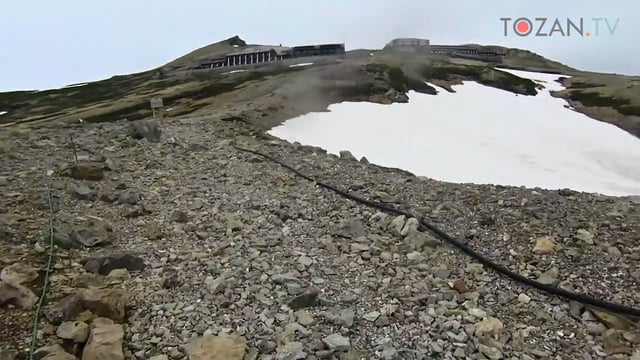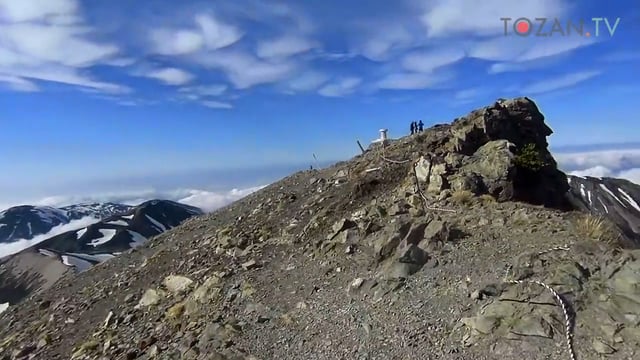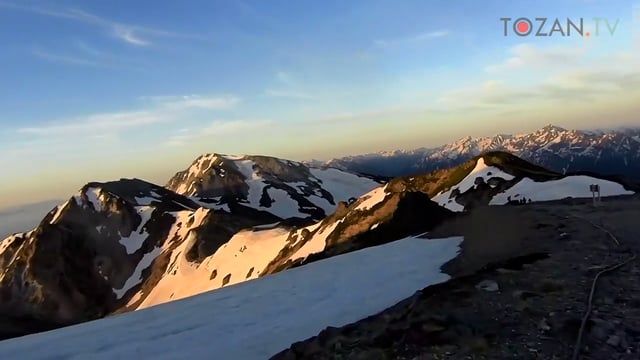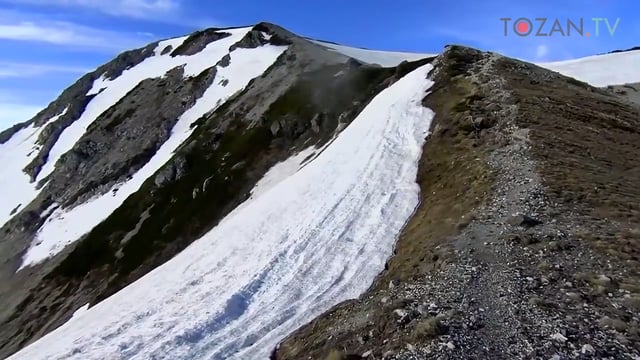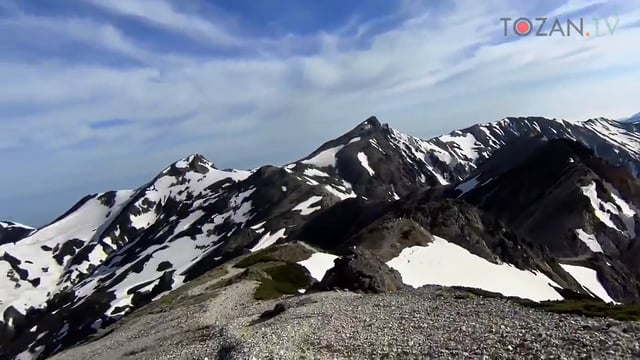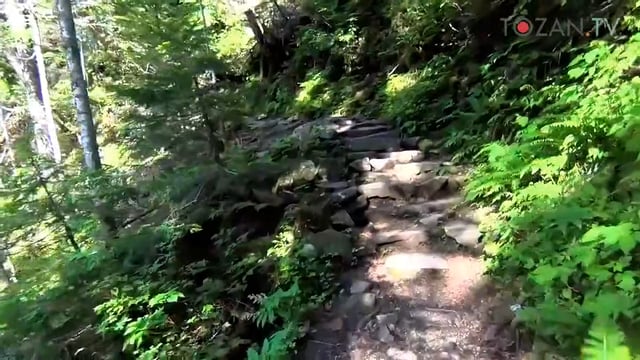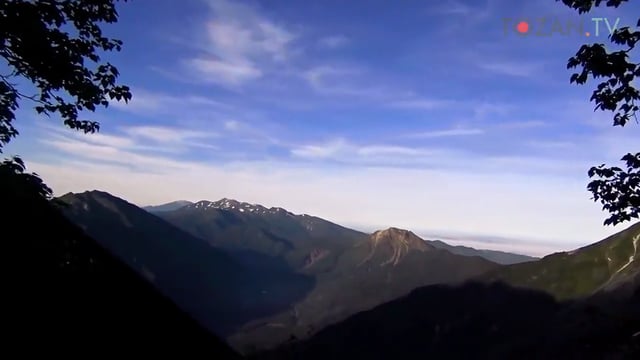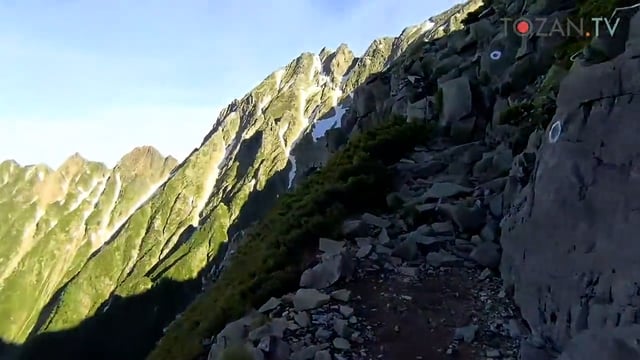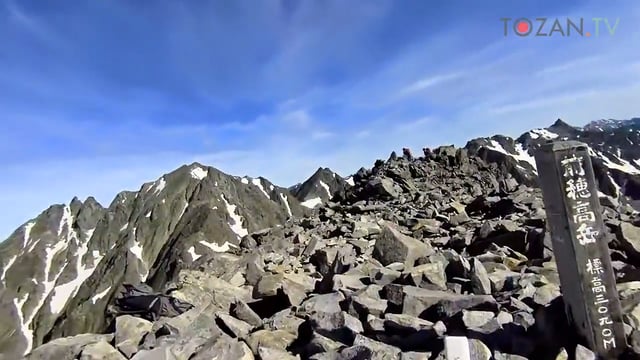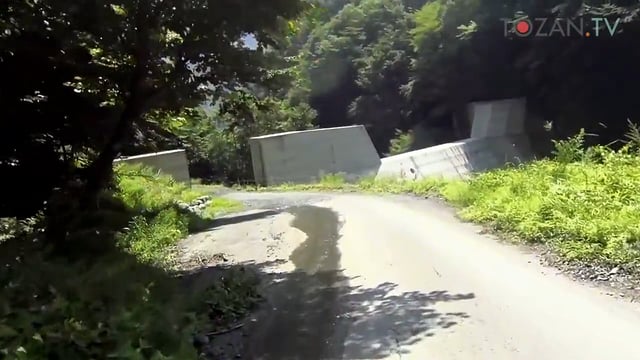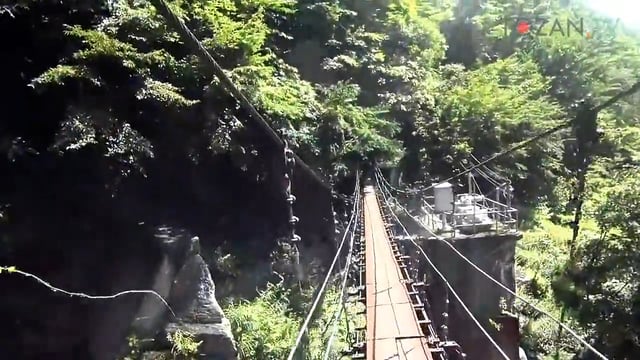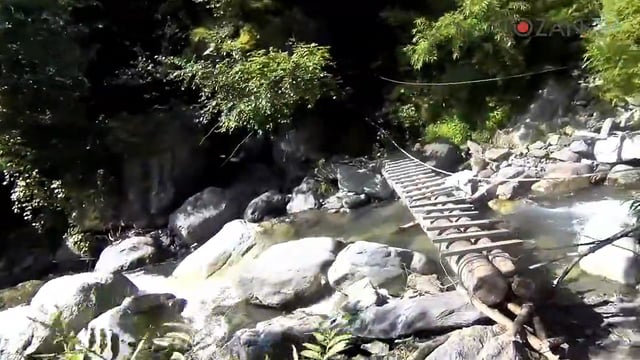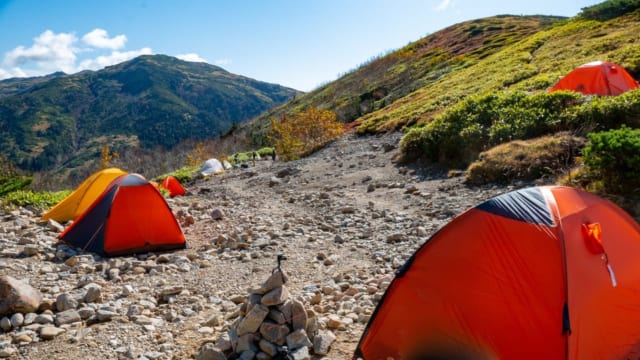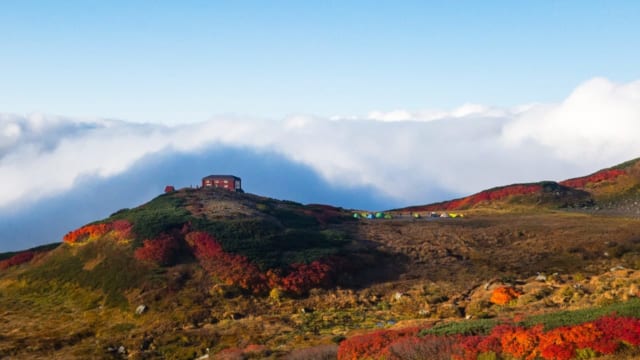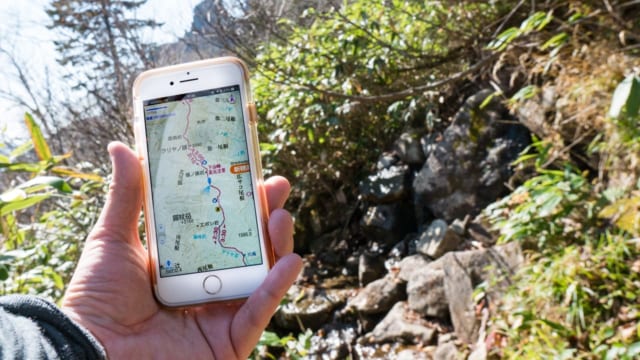| Time | Event |
|---|---|
| 00:20:12 | a bench |
From the junction to the Shiraneoike-goya (1/2)
Most people took left fork for Okanbasawa1, shorter route to Kita-dake2. So, the right fork was became uncrowded. I increased my pace to Shiraneoike-goya3.
- 大樺沢(おおかんばさわ). "大樺" means a big birch and "沢" is the meaning of a small and/or narrow river. The Okanbasawa route is a main route to Kita-dake along Okanbasawa. ↩
- 北岳(きただけ). "北" means north. Kita-dake is the second highest and one of the most famous mountain in Japan. ↩
- 白根御池小屋(しらねおいけごや). “小屋” is the meaning of a hut. When we call a hut in Japanese, there are some variations of expression. "小屋(こや・koya/goya)", "山荘(さんそう・sanso)", "小舎(こや・koya/goya)", "ヒュッテ(ひゅって・hutte)", "宿舎(しゅくしゃ・shukusha)" and so on. They are all same meanings, the place where you can use for accommodation, but I think there is no obvious difference between them. ↩










